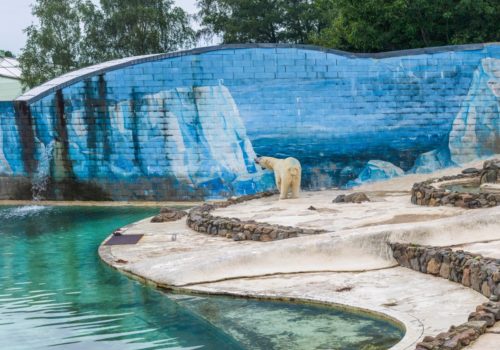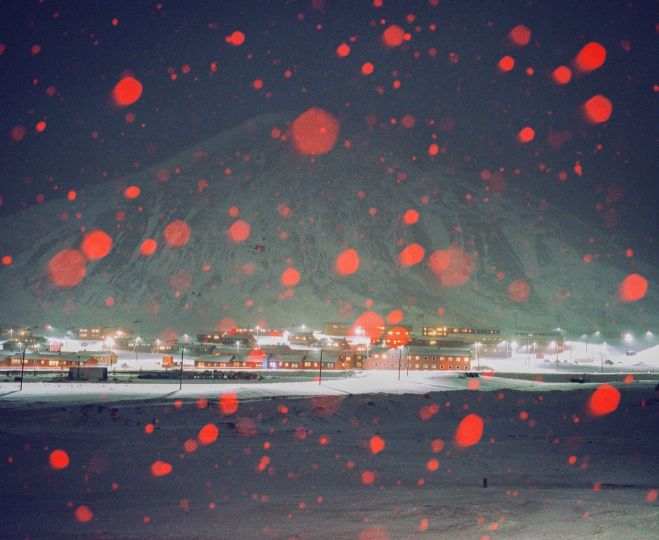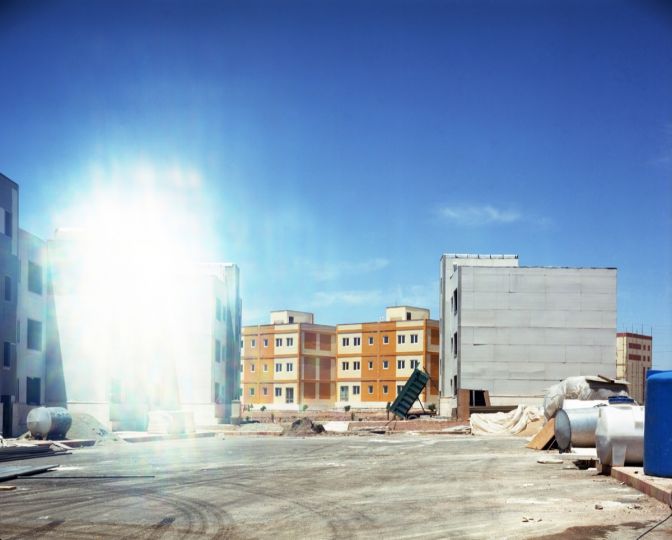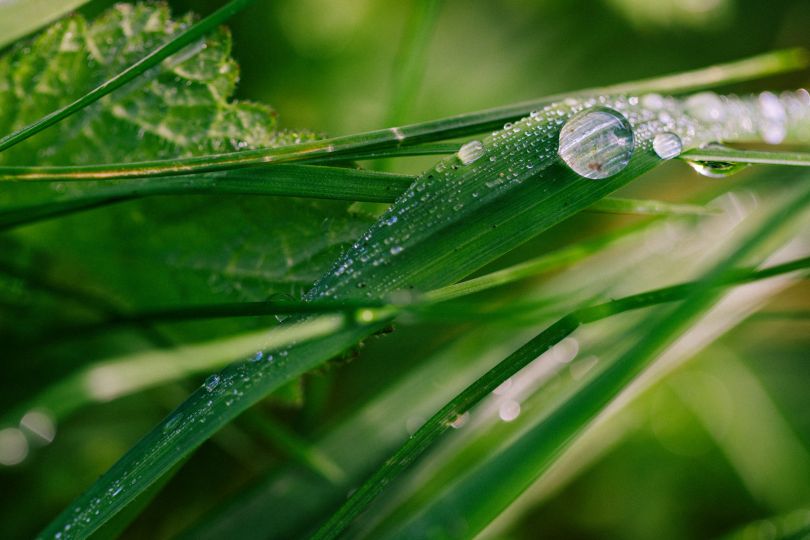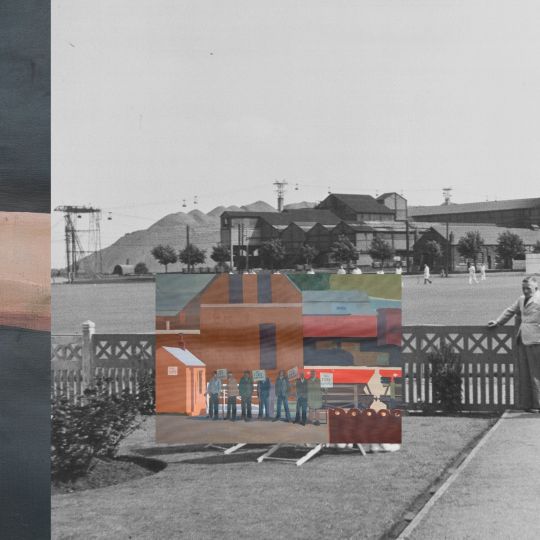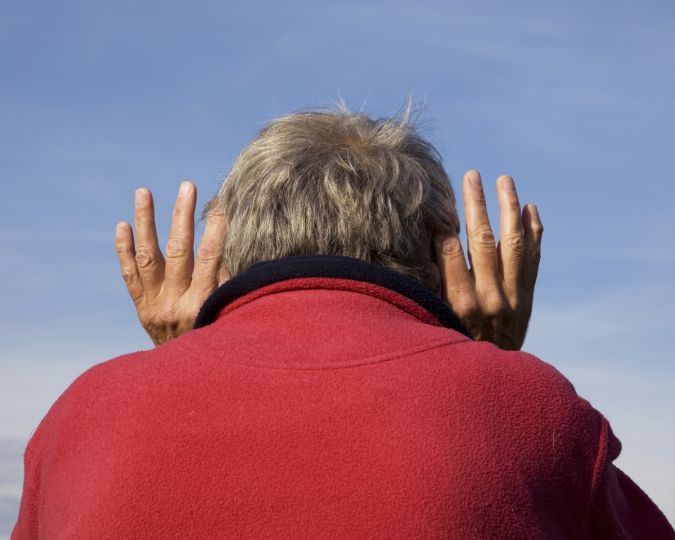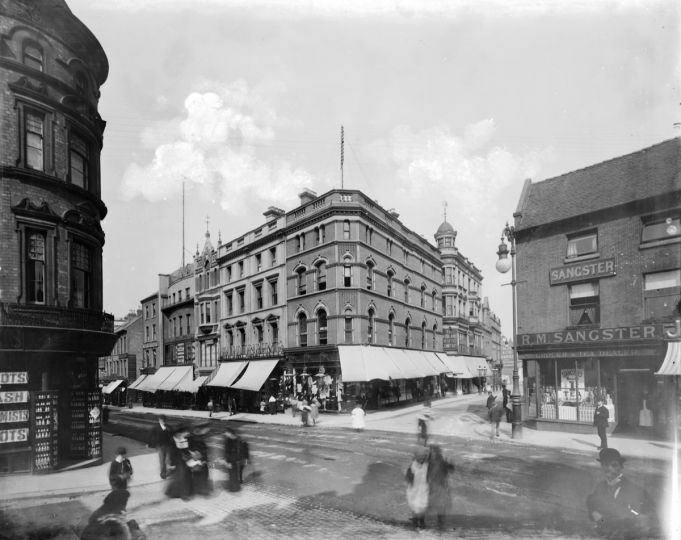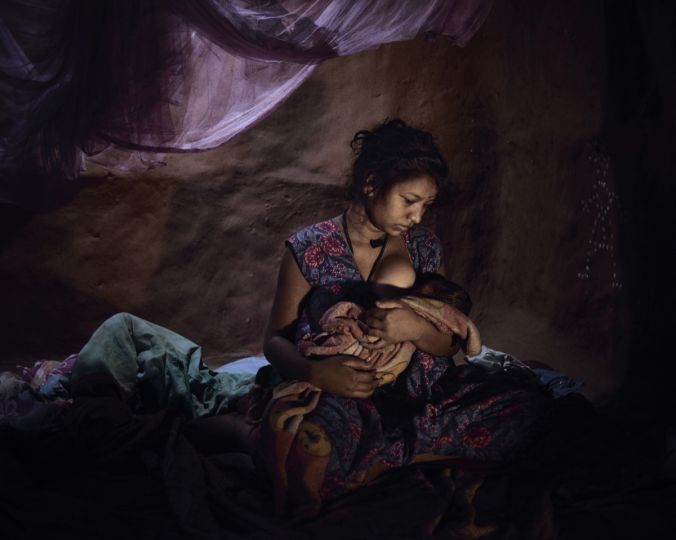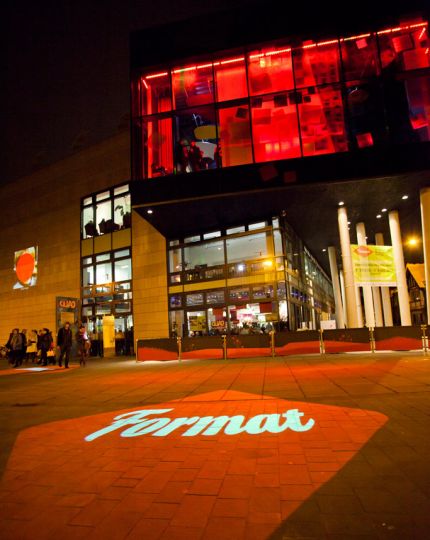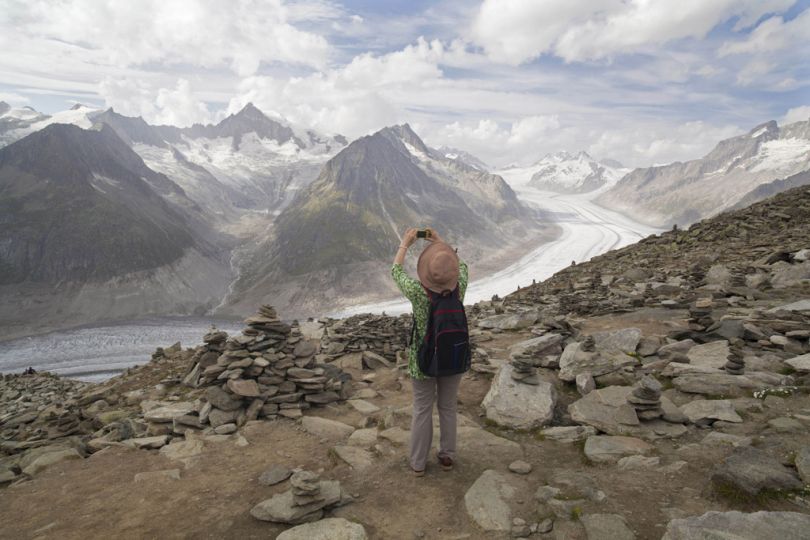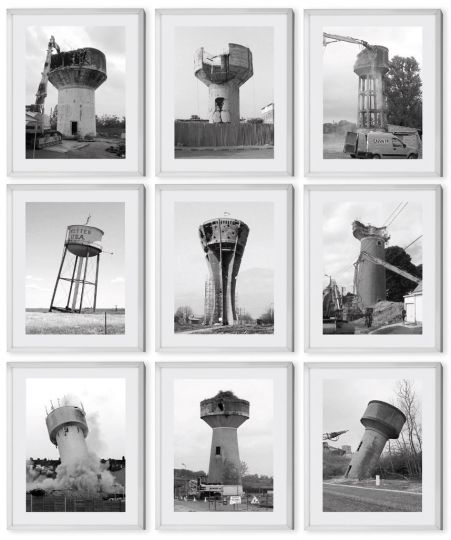One of the largest portfolio reviews in Europe, FORMAT Festival, in Derby, England, welcomed this year over 45 reviewers and more than 100 artists from around the world. During my 12 reviews, I had the opportunity to meet artists of incredible talent and at all stages of their careers travelling from United States, Hong Kong, Germany, Greece, Scotland, Spain, Taiwan, Australia and England. At the request of the Eye, I am very happy to share some of the artists whose work particularly captured my attention.
Carlos Alba
Spanish photographer currently based in London, Carlos Alba has a passion for people and creating narratives from objects left behind. During the reviews at FORMAT he presented two very different projects. The first was his series The Observation of Trifles, which was quite successful last year on the festival circuit, presented at Circulations, Lodz and PhotoEspana last year. The project is built around “trifles” cast away by the residents of Alba’s adopted East London neighbourhood that he collected, and acting as an archaeologist traced their origins back to find the owners of the sketches, crumpled receipts and broken articles — photographing in each case the person, the place and the object itself. His investigation was a meticulous undertaking, then translated into an exhibition and book project with the support of Xavier Fernández Fuentes. The Observation of Trifles was initially a project that began out of Alba’s desire to understand his new surroundings and integrate into the neighbourhood, but its final form is an example of how a mixed-media photographic project can successfully express the deepest sense of understanding for strangers we will never know.
His newest work, entitled INES, is an ongoing personal project on the theme of domestic violence.
“Walter Benjamin says that when someone you know passes away, you first forget the voice, then the smell, then the expressions and the last thing you forget is the face. Photography is the element that normally makes us recall, not to forget. In my project, I want to use photography to help Inés to forget, wherever she is, so she can rest in peace.” – Carlos Alba
Upon the passing of his grandmother, Alba rediscovered the photographs and family albums she had compiled over the course of her life. Through these pictures, Alba learned that his grandmother was one of approximately 30% of women who experienced social or sexual violence from their partner, but she had never reported her abuse. In the photographs, his grandmother scratched or cut out her husband’s face from many of the images – removing from the paper a person she could never fully remove from her life or her memories. A subject of tremendous personal and social importance, Alba hopes INES will stimulate important conversations on domestic violence and the role of families in taking action for their loved ones. Following his grandmother’s example, he will recreate a family album for Inés, juxtaposing the original archival photos she had cut up and hidden, with his own newly composed images of their family and friends, as if from her point of view.
Carlos Alba’s first book The Observation of Trifles was designed in collaboration with the late Xavier Fernández Fuentes. nominated for World Press Photo and Alba was a finalist for the Grand Prix Fotofestiwal 2016.
For more information on Carlos Alba: http://www.carlosalba.com/web/index.html
Jessa Fairbrother
English photographer Jessa Fairbrother’s oeuvre treats the photograph as an object upon which she masterfully explores with needle, thread, and collage of natural elements to perform and meditate upon her own intimate feelings. The first of her two projects shown in Derby, Conversations with my mother, explores Fairbrother’s relationship with her mother and simultaneous inability to become one herself. The cutting, painting and stitching together of her photographs are symbolic for the artist, who as her mother was dying of cancer was trying without success to become pregnant, and felt herself simultaneously being cut from her role as a daughter unable to fill this vide by taking upon the role of mother to another. Through the course of the project which she approached performatively in the weeks before her mother’s passing – both women took the photographs. The works themselves are a mix of portraiture and diaristic scenes, representative for Fairbrother of her meditation during this time about life, motherhood and becoming an orphan. She has intervened upon the works in different ways, “stitching the narrative” of familial resemblance, entanglement and reliance. The project has been self-published in 2016 in an edition of 16 + 4 artist proofs.
Her newest project is still ongoing and currently entitled: Armour Studies (regarding skin). The project engages once again a masterful exploitation of the photographic surface, upon which she punctures the hand-made prints with sewing needles to create arabesque adornments, suggestive of lace or engraved metalwork. The photographs are once again self-portraits, but her identity is hidden underneath the intricate and delicate ‘armour’. The violent puncturing of the skin in these images, the perforating of this exterior layer, is the artist’s way to invite her viewer to think of the skin “not only as an embodiment of selfhood, but as a body that touches and is touched…using the body as both vessel and surface.” Armor Studies raises questions about the complexity of our beings existing with invisible armour, but where the skin is the surface of our body, it is often what defines us, but it is really only a container – seemingly delicate but constructed sometimes through true hardship.
Jessa Fairbrother’s portfolio was awarded GRAIN portfolio award at Format Festival.
For more information about Jessa Fairbrother’s work: http://www.jessafairbrother.com
Tom Hatton
A chair stands alone waiting for a sitter, wind blows through a billowing tarp, these are the pictures Tom Hatton gives us from the Calais refugee camps in his photographic series, Now Here. A recent graduate from the Royal College of Art in London, Hatton felt a drive to visit the camps before they were dismantled, contributing to an already important body of work in this area.
Still, the subjects we would expect to see in documentary photographs of the Calais Refugee camp are conspicuously missing from the meticulously composed tableaus. We feel their presence, or how it must have once been embodying these spaces, but the main protagonists are absent from the scenes, which makes one wonder if these scenes are even real?
Working with a black and white large format camera, each image is filled with detail and affirms Hatton’s keen eye for composition, expressing so elegantly the fragility of a place. His monochrome photographs create a stillness from which we can contemplate sans bias, the human experience of this state of transition and suffering.
For more information on Tom Hatton: http://tom-hatton.co.uk
Sheng Wen-Lo
Taiwanese photographer Sheng-Wen Lo explores in his multimedia art projects the relationship between humans, animals and economy in contemporary society. His project, White Bear, has been constructed through extensive research — visiting 10 countries and 27 different animal enclosures in Europe and China — to document the staged environments built for everyone’s favourite artic giants. For Sheng Wen-Lo, this project is on one hand about the polar bear but it is more importantly about questioning broadly accepted zoological practices and the influence of real ecological threats to certain species versus the economic gains yielded through animal captivity.
“Human-animal relationships are now deeply embedded in most people’s lives, sometimes without one knowing it; even paper, laptop or batteries may use animal tissues during manufacture. I feel that there are lots of hidden faces regarding different aspects of human-animal relationships, whether economical, companion or entertainment – they intrigue me a lot.”-Sheng Wen-Lo
An animal that may soon disappear entirely from the wild, the polar bear is in many ways becoming a construction of our minds consumed for entertainment. Brochures from zoos around the world use some of the same stock photos to advertise rather than photographing the bear living in their zoo, host environments become theatrical stages or caricatures of an artic perch rather than a true space for living…although Sheng Wen -Lo does not intend to produce images of “sad bears”, the vibrant blues and purples of the icy water tank only further emphasize the very bleak and terrifying reality. A striking video accompanying the photographic project, shows the repeated path back and forth travelled by one polar bear over the course of a few hours. Sped up, the film serves as a chilling witness to the fate of these animals many of which seem to be suffering from mental illness. His documentary project reveals the aspects of zoo culture their young publics do not yet see: that these creatures are far from the ancestral polar bear, confined for generations, and will remain there even long after the visitors come and go.
This work is also exhibited as part of the FORMAT Festival.
For more information about Sheng Wen Lo’s work: https://www.shengwenlo.com
Alexandra Polina
Selected from the FORMAT Festival’s open call, Alexandra Polina is an Uzbek photographer based in Germany. Her brightly coloured photographs combine portrait and still life to question issues of social integration, race, and notions of foreignness in contemporary Europe. The project, Myths, Masks and Subjects, presented in the QUAD space, puts the spotlight on German nationals who do not conform to ‘typical’ features and find themselves inescapably viewed by society as if underneath an ethnic cloth. The series oscillates between flamboyant traditional fabrics draped atop recognizable common home furnishings (chairs and couches) and portraits of Germans citizens. Having often been considered German at first glance herself, this series questions the double-standards and liabilities of “foreignness”. How do social codes define a “foreigner”? What does a “German” look like today? Underneath the vibrant photographs, she is encouraging us to raise questions about our own notions of foreignness – and its relationship to race – a conversation close to the artist and worth extending well beyond the borders of Germany.
Work selected from the FORMAT open call and exhibited during the festival in QUAD Derby.
For more information about Alexandra Polina’s work: http://www.alexandrapolina.com
Holly Roussell Perret-Gentil
Holly Roussell Perret-Gentil is an independent curator specialized in contemporary Asian art and photography.

